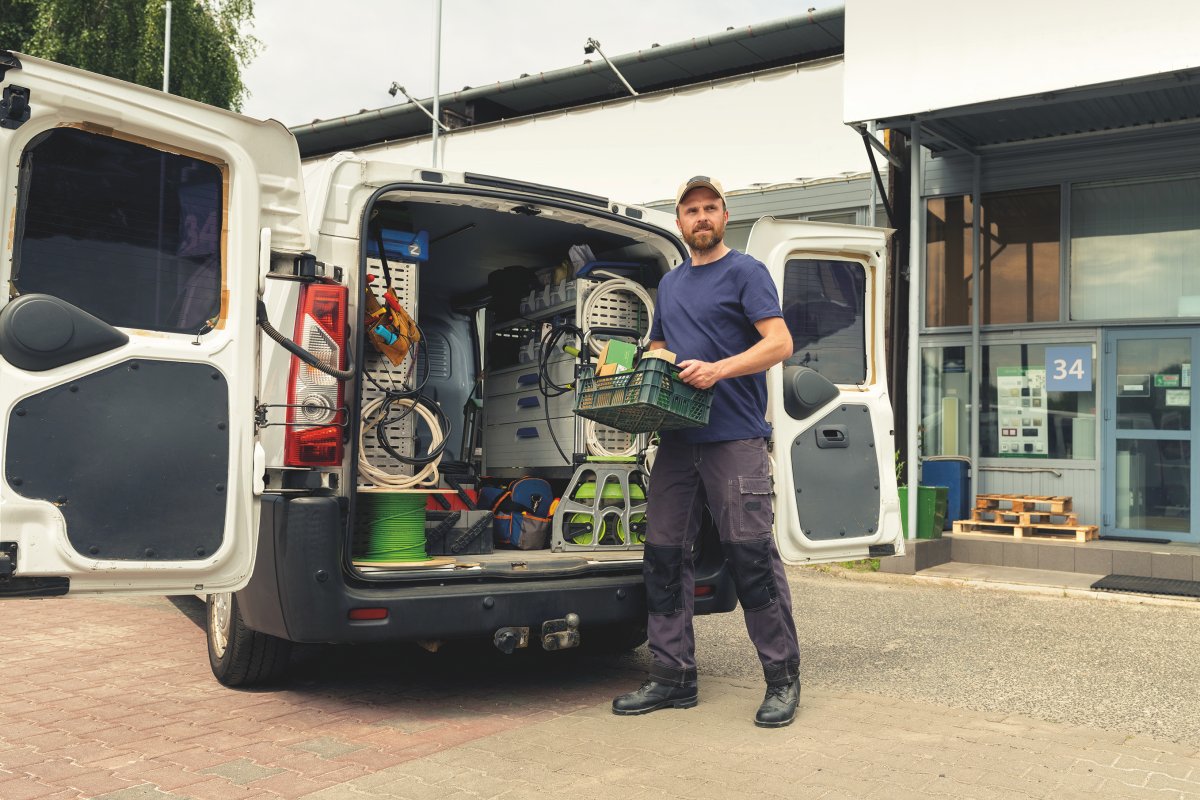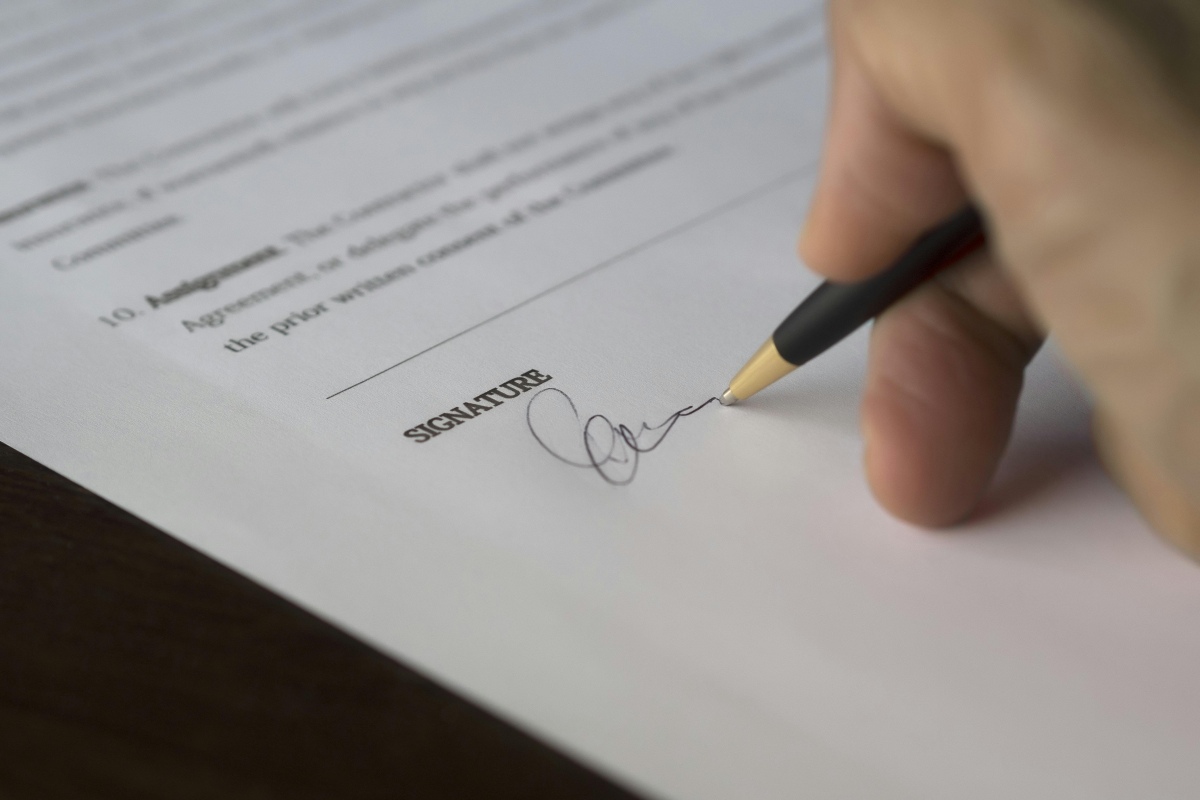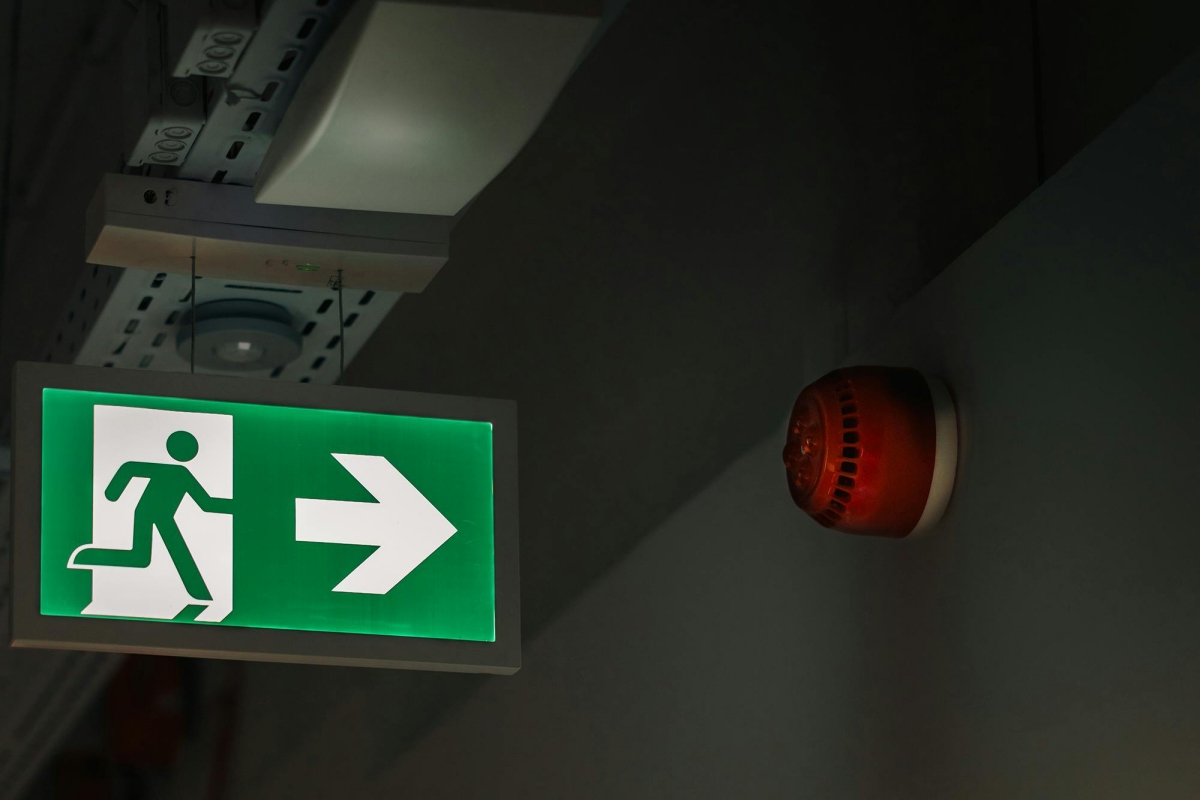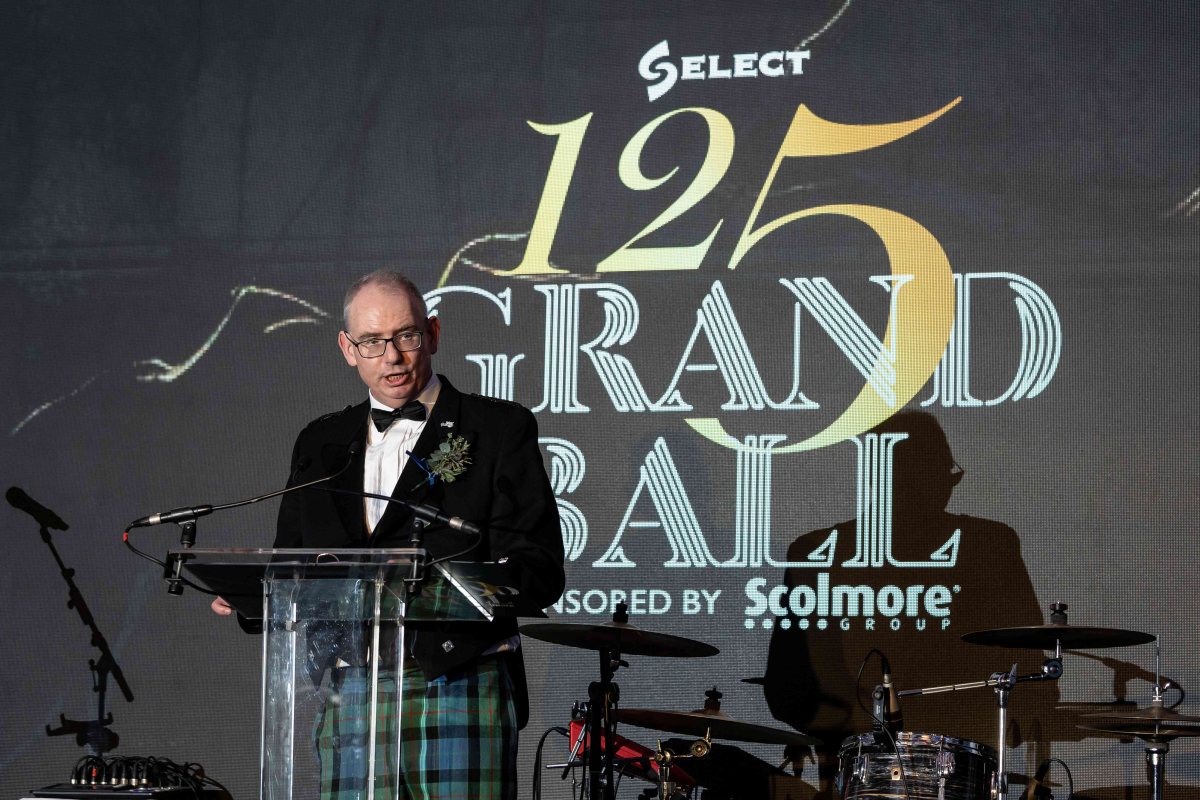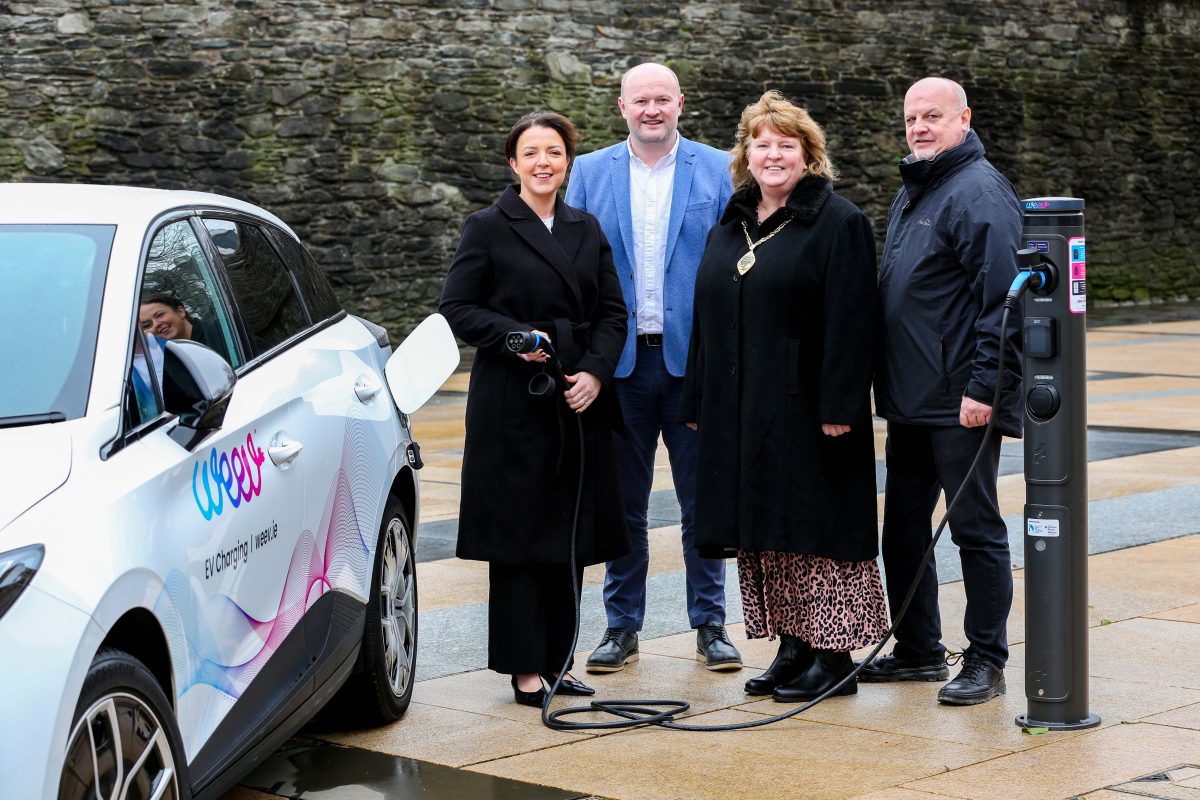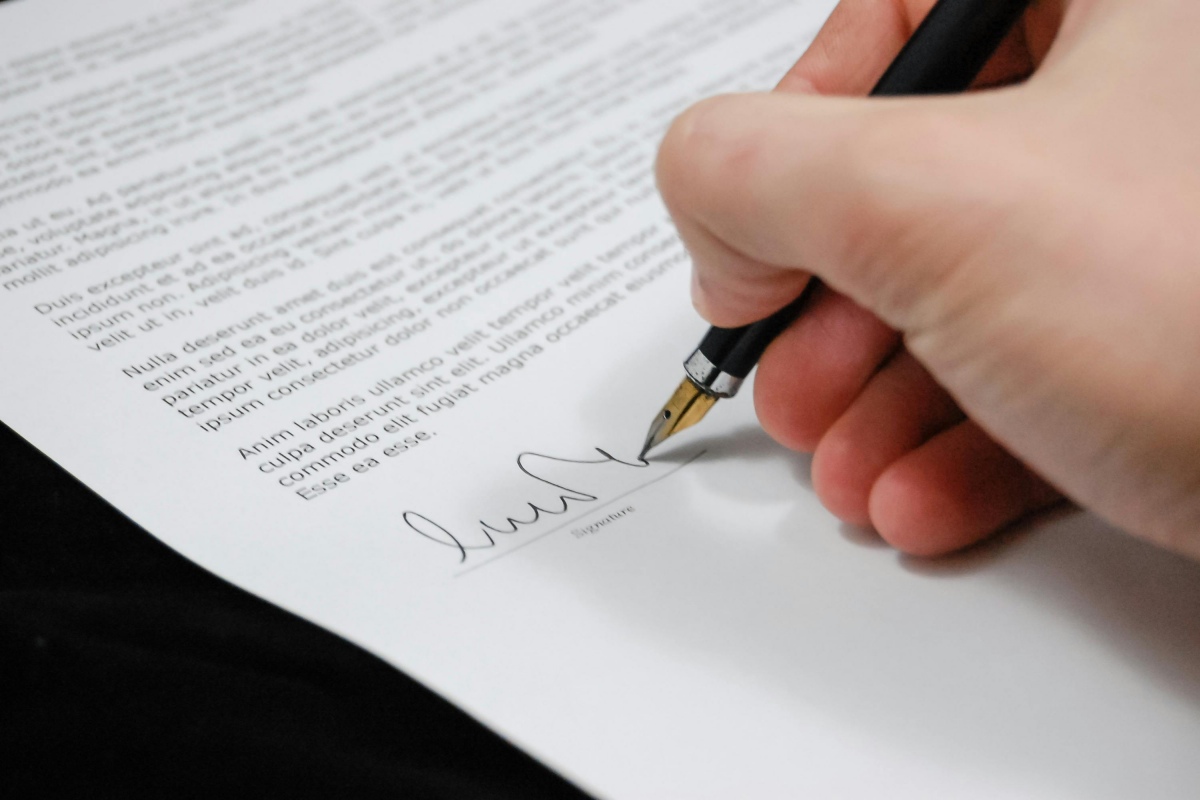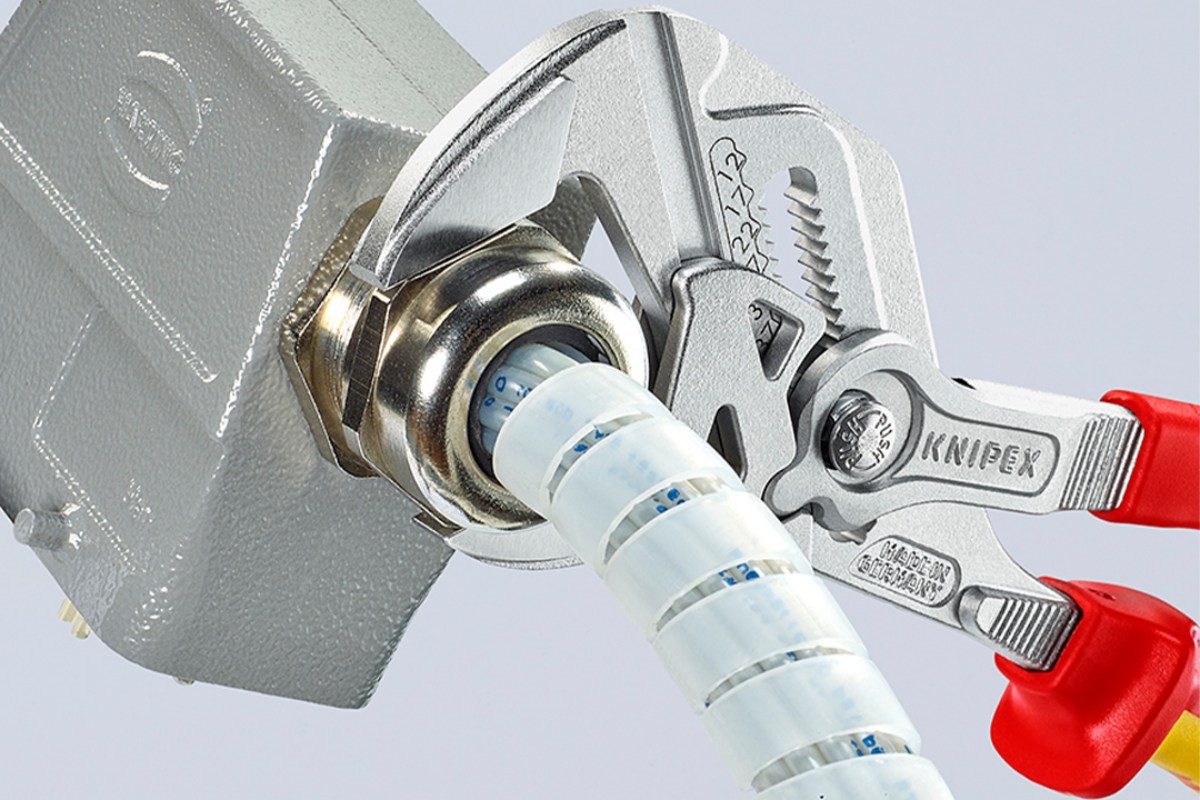Industry News
News
Trade Event
SELECT honours ECA with Lifetime Achievement Award
The Electrical Contractors’ Association (ECA) has been recognised for more than a century of "exceptional service to the electrotechnical industry" after receiving the Lifetime Achievement Award from SELECT at its 125th Anniversary Grand Ball.
Scotland’s largest construction trade association used its celebrations to reward the ECA for its "unwavering commitment to the industry since 1901", one year after its counterpart was formed north of the border.
The award ceremony
The award was presented in front of 300 guests at the Glasgow Marriott Hotel on Friday 14 November, at an event hosted by TV and radio personality Fred MacAulay and sponsored by the Scolmore Group.
Introducing the winner, SELECT President Mike Stark said, “As well as being a great supporter and ally of SELECT over the years, tonight’s winner has worked tirelessly to improve standards in the electrical industry.
“They are patient, knowledgeable, always eager to help, and go the extra mile to ensure that electrical contractors of all sizes have the help and support they need to carry out their work safely and to the highest standards.
“SELECT is proud to call our winner a close friend, and a younger sister. So I am delighted to present the 2025 SELECT Lifetime Achievement Award to the ECA.”
The award was accepted on behalf of the ECA by Steve Bratt, Group CEO, and Ruth Devine MBE, who is the body’s President.
Industry reactions
Steve Bratt, comments, “Everyone likes a prize, especially from an elder sibling, but we’ve just won a prize from an organisation that is 125 years old and has done amazing things for the Scottish electrical contracting industry and knows us very well. So, the fact they have chosen us for this award is a real honour.
“On behalf of our President, all the staff at ECA, and all of our members, a real big thank you for such an honour and we look forward to working with you for another 125 years.”
Ruth Devine adds, “This award is particularly meaningful because it acknowledges the long-standing collaboration between our two associations. Together, we have championed apprenticeships, strengthened competence, and supported businesses to deliver safe, high-quality work in a fast-changing industry.
"On behalf of our members, staff, and volunteers, I want to thank SELECT for this exceptional recognition.”
SELECT Managing Director Alan Wilson, notes, “The ECA has been a steadfast partner and a vital force for good in our industry for more than 120 years. Its expertise, leadership, and commitment to raising standards have benefited not just its members but the entire electrotechnical sector across the UK.
“We are delighted to honour its remarkable contribution with our Lifetime Achievement Award. It is an accolade richly deserved.”
The 125th Anniversary Grand Ball gathered SELECT members, political leaders, senior decision-makers, and industry partners to celebrate the founding of the world’s first electrical trade association.
The event also recognised the ongoing support of sponsors and associate members including CEF, Edmundson Electrical, Wylex, Morton Fraser MacRoberts, Schneider Electric, OCS, and ECIS.
The Lifetime Achievement Award remains SELECT’s most prestigious honour, previously presented to figures including Past Presidents John Noble and Alick Smith, and industry payment specialist Len Bunton.
For more from SELECT, click here.
Joe Peck - 18 November 2025




